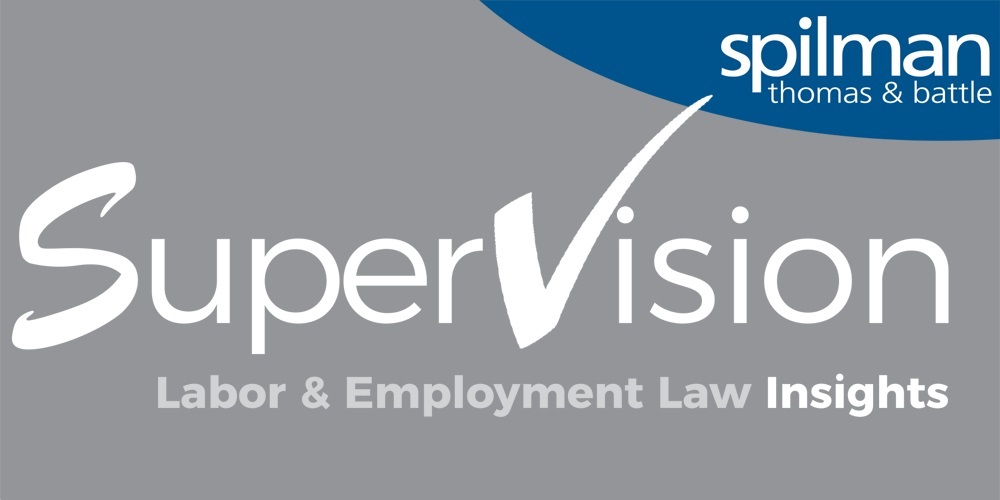Article
Resources
Article
DOL Proposes Substantial increase to Minimum Salary for Overtime Exemptions

Let’s Do It Again
The Wage and Hour Division of the Department of Labor (DOL) recently announced its intent to significantly increase the standard salary threshold for the overtime exemption applicable to certain executive, administrative, and professional occupations, the so-called “white collar” overtime exemptions. This is the DOL’s third effort in the last eight years to adjust the standard salary. The proposed changes will require employers to again evaluate and consider their organizational approach to compensation for those currently performing exempt work below the proposed salary thresholds.
The latest Notice of Proposed Rulemaking (NPRM) “defining and delimiting” the white-collar exemptions proposes to:
- Increase the standard salary level from $648 per week ($35,568/year) to $1,059 per week ($55,068/year), which is equivalent to the current 35th percentile of full-time salaried workers in the lowest-wage Census Region;
- Increase the total annual compensation threshold for the highly compensated employee (HCE) exemption from $107,432 to $143,988 per year (85th percentile); and
- Automatically update the earning thresholds every three years thereafter to reflect current wage data.
However, the DOL is not proposing any changes to the current “duties” test.
The magnitude of the increases proposed to the standard salary and HCE annual compensation exemption thresholds are nearly as substantial as those proposed by the Obama administration in 2016 that were enjoined by a Federal District Court. The DOL estimates its proposal will restore or extend overtime protections in year one of its implementation to 3.6 million of what DOL describes as “low-paid salaried workers” and will impose $1.2 billion of direct costs on employers.
The 60-day period for public comment on the proposed rule closes on November 7, 2023. It is anticipated there will be a substantial number of objections to the increases and, as in 2016, there will be legal challenges to the DOL’s authority to increase the standard salary and to whether the Fair Labor Standards Act provides authority to establish salary criteria at all.
Unless there is judicial intervention, employers will need to be prepared to work quickly to adjust to the resulting final rule. Employers should begin evaluating their workforce and considering organizational options now so they are prepared when a final rule is published. As part of your evaluation, we recommend the following:
- Audit your exempt job classifications to understand where current salaries are below the minimum salary threshold proposed by the DOL. This is a simple yes or no analysis.
- Prepare strategies to adjust to the proposed standard salary changes. Be aware that the DOL’s final rule may reduce the salary threshold proposed as previously occurred in 2019. As before, this may require consideration of some combination of salary increases to satisfy the new minimums and/or reclassification from exempt to nonexempt. The latter, of course, will require compliance with FLSA timekeeping requirements for those converted to a nonexempt classification and restrictions on work outside of scheduled hours, which must be enforced.
- Although no changes have been proposed to the “duties” test, this is an ideal opportunity to review actual job duties, responsibilities, and discretionary authority to ensure compliance with the exemptions. The consequences of misclassification claims can be substantial, and periodic review is always a best practice.
If you have questions about overtime exemptions in general, application of the proposed DOL rule, or how to perform a job classification audit, please contact your labor and employment attorney at Spilman.


